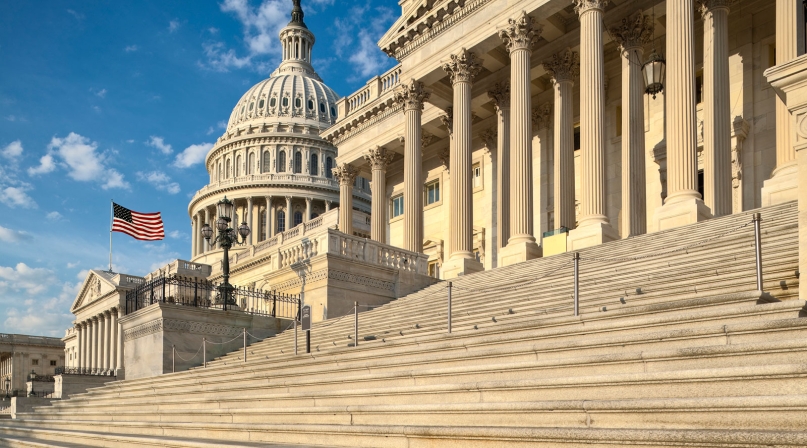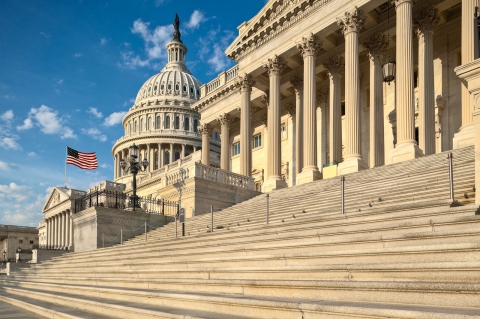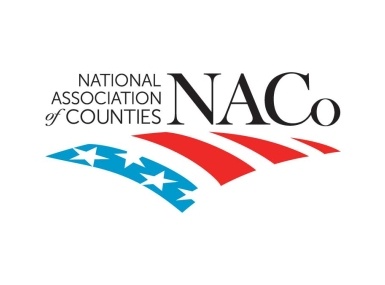President signs two-year budget and debt ceiling deal
Upcoming Events
Related News

Key Takeaways
On August 2, President Trump signed into law the Bipartisan Budget Act of 2019 (H.R. 3877), a two-year budget and debt ceiling agreement that sets topline spending figures for FYs 2020 and 2021, lifts strict discretionary budget caps and suspends the debt ceiling through July 2021. The president’s approval of the measure follows months of negotiations between Congress and the White House, and the recent passage of H.R. 3877 in the U.S. Senate on August 1 and in the U.S. House on July 25.
The budget agreement establishes topline spending levels for defense spending totaling $738 billion and $740 billion for FY 2020 and FY 2021, respectively. Nondefense programs receive $632 billion for FY 2020 and $634.5 billion for FY 2021, including a $2.5 billion adjustment for the 2020 census. These figures represent a $50 billion increase in discretionary spending limits for FY 2020 and a $54 billion increase for FY 2021.
In addition to setting topline spending figures, the legislation lifts discretionary spending caps by approximately $320 billion above the caps established under the 2011 Budget Control Act. Additionally, the decision to raise the debt ceiling for an additional two years will allow the government to continue borrowing money and avoid a debt default.
The budget agreement, however, does not fund federal agencies and programs, and both chambers of Congress must still consider FY 2020 appropriations legislation for all 12 annual appropriations bills, which outline specific spending levels for individual federal programs for FY 2020. Congress must pass FY 2020 spending legislation or a continuing resolution before the end of FY 2019 on September 30, 2019, or a government shutdown could take effect.
For more NACo resources on budget and appropriations, please see the following links:
- NACo Legislative Brief: Highlights of the FY 2019 Omnibus Spending Package for Counties
- U.S. House panel advances FY 2020 spending bill for federal health, human services and workforce programs
- President signs massive two-year budget agreement

Attachments
Related News

County Countdown – Dec. 15, 2025
Every other week, NACo's County Countdown reviews top federal policy advocacy items with an eye towards counties and the intergovernmental partnership.

County Countdown – Dec. 1, 2025
Every other week, NACo's County Countdown reviews top federal policy advocacy items with an eye towards counties and the intergovernmental partnership.

Counties Celebrate Key Permitting Inclusions in SPEED Act
NACo issued the following statement in response to the passage of the Standardizing Permitting and Expediting Economic Development (SPEED) Act (H.R. 4776), which advanced out of the U.S. House Committee on Natural Resources on November 20.